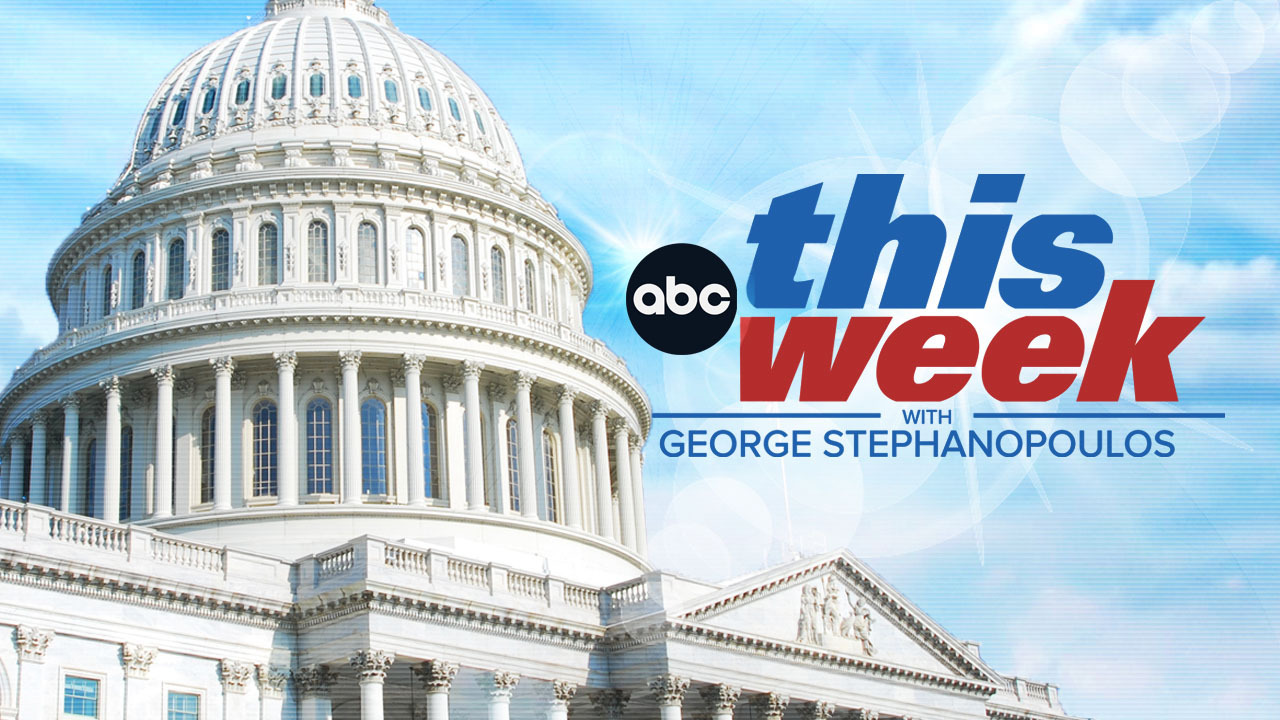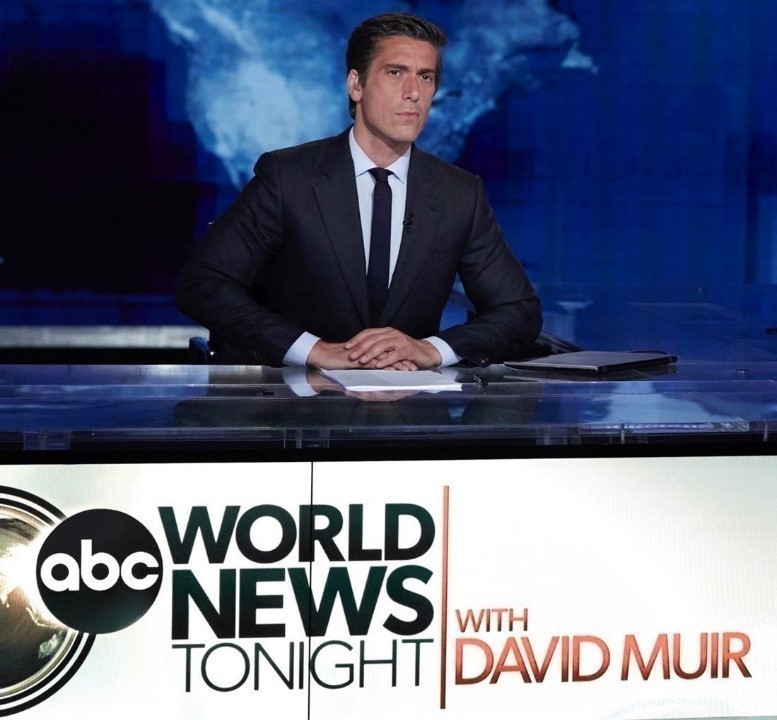WHEN: Today, Wednesday, January 10, 2024
WHERE: CNBC’s “The Exchange”
Following is the unofficial transcript of a CNBC exclusive interview with Boeing President & CEO David Calhoun on CNBC’s “The Exchange” (M-F, 1PM-2PM ET) today, Wednesday, January 10. Following is a link to video on CNBC.com: https://www.cnbc.com/video/2024/01/10/boeing-ceo-dave-calhoun-calls-the-alaska-airlines-incident-a-mistake-that-should-never-happen.html.
All references must be sourced to CNBC.
PHIL LEBEAU: Thank you, Kelly. Dave, I think the main question a lot of people have, in addition to what the status of the Max 9 is, what was your reaction when you saw the Alaska Airlines blow out in the video Friday night?
DAVE CALHOUN: Devastated, emotional. I saw the picture everybody saw of the opening. But what I really saw was the empty seat. And I had spent a week with my kids and grandkids and so enough said. I imagine every human being who would see that understands the severity and the consequence. So immediately you get to work. That’s what you have to do. I want to just take my hat off and our company’s hat off to the Alaska Air team, specifically the crew that trained most of their lives to handle that moment, hoping they never will but they did. And the crew, alongside the pilots, handled it as well as it can be handled. The plane landed safely and there are no fatalities. And then the leadership team did exactly what it needed to do: it grounded the airplanes. The FAA immediately grounded the airplanes and the Boeing team supported every step of that process. And now we’re in a moment where we have nobody at risk. And our job is to understand literally everything that has happened, everything that surrounds that particular fuselage plug and fix it and make sure it can never happen again.
LEBEAU: What do you think happened?
CALHOUN: Well, what happened is exactly what you saw, a fuselage plug blew out. That’s the mistake. It can never happen. We’re not allowed that to happen.
LEBEAU: Sure.
CALHOUN: And I’m not about to speculate but I will say this. The work that our regulator, in this case, the FAA, has been doing to inspect the situation and create a procedure and a protocol for the airlines to go out and inspect each and every one of the airplanes, 100 percent of them, and make sure, certain they’re in conformance with our design, which is a proven design. I’m confident that that process will not only prevent accidents but, maybe more importantly, the data we collect from each and every one of those inspections, the data we collect will inform all of the actions that we have to take as a company.
LEBEAU: Your people were with the Alaska engineers’ team when they took off some of their panels and they started doing some inspections. Tell me what happened when you got the phone call, as soon as they took off the panel and they said, we got some loose bolts here.
CALHOUN: So, yes, I have an engineer, who is an awesome engineer, who we work right alongside of the Alaska Air. They inspected the first few. I asked him to call me the second he was done. And, yes, he used that term “loose bolt.” Remember, a loose bolt in an aviation application is a bolt that’s under-torqued or a gap that you can see, that is measured in millimeters, not centimeters. It’s nevertheless, it has the same implications. So, yes, I understood that from the first moment.
LEBEAU: So you’re not surprised to hear other reports from United as well as Alaska, doing further inspections?
CALHOUN: No, well, I’m, I am always surprised at anything that doesn’t conform perfectly. On the other hand, it’s a fact. And that’s what’s going on. I want to know all those facts and our team wants to know them all. And we’re going to want to know what broke down in our gantlet of inspections, what broke down in the original work that allowed for that escape to happen.
LEBEAU: Dave, Kelly has a question for you. Kelly, go ahead.
KELLY EVANS: Mr. Calhoun, thank you, Phil. My question is what safeguards have to be missing for an incident like this like what happened on the Alaska airplane to happen? What lapses, either in the manufacturing process or in Alaska’s process, need to happen for this to have taken place?
CALHOUN: Well, Kelly, I very much appreciate that question. I should mention the Transportation Secretary, Buttigieg; the FAA administrator, Whitaker, and I have all had discussions about exactly that set of questions. The specific actions that we will have to take to make certain it never happens again will be informed by the data we collect from the inspections, by the data we collect from these inspections. So, no airplane will fly. None of the Dash 9s will fly with an unsafe condition, that I can promise. All of the work that we have to do in the background, in the quality systems to ensure that, on an ongoing basis, it never happens again, that work is ahead of us.
EVANS: How—
CALHOUN: But we are committed to do it.
EVANS: Understood. How did an unsafe airplane fly in the first place?
CALHOUN: Because a quality escape occurred.
EVANS: Can you explain what that means?
CALHOUN: Because a quality escape occurred.
EVANS: What is a quality escape?
CALHOUN: I think that’s the description of what people are finding in their inspections, anything that could potentially contribute to an accident.
EVANS: But it’s something that escaped from the manufacturing process? Sorry, go ahead.
CALHOUN: Again, Kelly, it’s very important that we look at the data that we collect from all of these airplanes. And we are literally going to collect them from all of the airplanes. When we look at that data, engineers from the FAA, engineers from the NTSB, engineers from Boeing, engineers from our suppliers Spirit, we will have all the answers to all of those questions. And I’m happy to come back and report every step of the way to the people who want to know.
LEBEAU: Kelly’s question highlights the bigger question that’s out there. People look at the Max and they say, it’s been a steady stream of nonconformance issues or other manufacturing issues. Why can’t Boeing, why can’t it get the Max going without these issues?
CALHOUN: Let me start with, this issue is on a discrete set of airplanes with a very discrete plug. We don’t do it on any other airplane. So that is the population of airplanes we’re looking at. Nonconformances in our world, as we have been on this path since the beginning of the Max introduction, and, yes, the in past incidents, we have asked everybody who touches our processes to volunteer information that might cite a nonconformance. Then we do everything to stop our production process, to verify that those nonconformances are now conforming and then to resume our production. And it’s been very frustrating for our people and for our investors. But we have been very willing every step of the way to do that. And as a result, we are getting ahead and ahead and ahead. We have not had safety related. This one is. This one is. And it’s very important that we understand that.
LEBEAU: You know Pat Shanahan, the CEO of Spirit Aeroystems. You know him well. He was here at Boeing for a number of years. And he was here this weekend. Does he realize the situation in terms of what’s happening? And we’re not saying that Spirit’s responsible for this fuselage plug. We don’t know. The investigation still needs to be done there. But does he understand the severity of the situation when it comes to the lack of quality control at Spirit?
CALHOUN: Yes. I am, I’m confident in Pat. He was here with us. At our invitation, he readily accepted, in the war room, listening to all of what we are trying to collect in the production process, taken it back to his team, interrogating their processes, alongside of our people. We’re right next to him doing it. We’re not going to point fingers there because, yes, it escaped their factory but then it escaped ours, too. So we’re all in this together. We have to figure this one out. I do have confidence in Pat. I know Pat knows the implications. And I know that Pat knows the seriousness. I also know he knows how to interrogate a manufacturing process.
LEBEAU: Does this potentially slow down the certification of the Max 10 and the Max 7?
CALHOUN: That’s, they’re very much unrelated. And there’s no reason for me to want to comment on those things. And the FAA is in control of all of it. So right now, I think my job is to focus on this issue.
LEBEAU: You’ve talked with the CEOs of United and Alaska. What have they told you?
CALHOUN: It’s serious, serious. It’s a safety incident and nobody is going to live with that, period. So we’re all going to be certain, all of us, that the airplanes that fly will never fault like this again, have a safety incident like this again. And then secondly, of course, they want to get their planes back in service, so that they can satisfy their flying public. I want to be very clear, the need to do that will not, will not rush the process to do this the right way. It will not rush that.
LEBEAU: You have talked, we have done many interviews over the last several years. And you have talked about improving quality control.
CALHOUN: Yes.
LEBEAU: And improving safety here. Some people will look at this and they’ll say, how can they say they’re doing a better job when this happens?
CALHOUN: Yes.
LEBEAU: What do you say to those people?
CALHOUN: Because we build really large, very sophisticated equipment with unbelievable tolerances and precision every step of the way. In the post-Max crisis, we went to work on it. We have been tackling nonconformances here and there. Again, unrelated to safety but we tackle them one at a time. That’s how you build a quality management system. And you engineer the answers. You don’t culture the answers, you engineer them. And then the culture goes with it. It’s, and that’s what we have been doing. And anyway, this one, this one is a horrible escape, a horrible escape. And we will tackle this one the same way. We will engineer answers and be certain it can never happen again. And then we will, whatever information we get or glean, we will, we will look everywhere around the Max, around the Spirit factories, our own factories, our inspection processes and we’ll make sure that we take steps to ensure that it never, never can happen again.
LEBEAU: I know you’re in a quiet period, so you cannot talk about guidance in terms of Max production. But you have got a steady cadence that you’re planning to increase the production rates over the next several years. Can you still hit that?
CALHOUN: Yes, and this is not the time to be talking about what I can or can’t hit with respect to deliveries. My job right now is solely focused on let’s get the safety issue understood and fixed. And then production will take care of itself.
LEBEAU: Dave Calhoun, CEO of Boeing. Kelly, we’re going to send it back to you.


